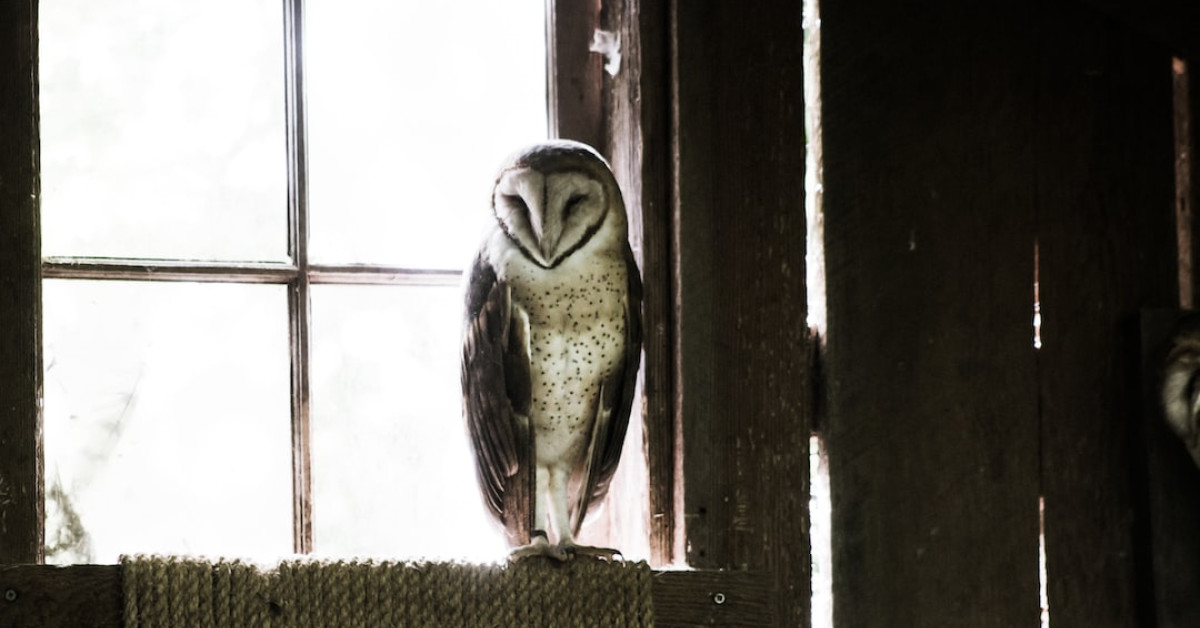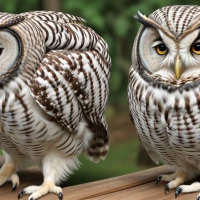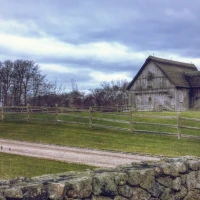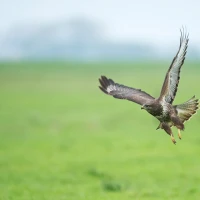Owls have fascinated humans for millennia. From their haunting calls to their enigmatic presence, these birds of prey carry a sense of mystery unmatched in the animal kingdom. In this article, we will delve into a little-discussed yet fascinating aspect of these creatures: the owl leg structure. By unpacking details about their anatomy and exploring questions such as “How many legs do owls have?” and “Why are owl legs long?”, we will unveil the intricacies and adaptations behind these birds that contribute to their silent hunting prowess.
The Anatomy of Owl Leg Structure
When it comes to the anatomy of owls, their legs are a marvel of evolutionary design. Beneath the feathers lies a structure perfectly adapted for their lifestyle.
How Many Legs Do Owls Have?
Owls, like all birds, are bipedal, meaning they have two legs. While this may seem like a straightforward answer, the complexity and the design of their leg structure are anything but. Hidden underneath their plumage is a pair of powerful limbs that play a pivotal role in their ability to survive and thrive in a variety of environments. owl legs guide
How Long Are Owl Legs?
The length of an owl’s legs can be surprising to many. These is feature elongated legs that are often concealed beneath their body and feathery exterior.
- Barn Owls: The barn owl, a common species, has legs that can be up to 70% as long as its body height.
- Larger Species: Bigger owls can have even more pronounced leg lengths relative to their body size.
However, the length is not just a matter of measurement; it serves an important purpose, which is evident when examining the predator’s habits and hunting techniques.
What You Didn’t Know About Owls With Legs
Contrary to the common image of a roosting owl, when the legs of an owl are fully revealed, it’s clear that they’re nothing short of athletic and functional. Here’s why the owl long leg design is essential:
- Hunting: Owls use their legs to capture prey, which can include rodents, insects, and small birds. Long legs allow for a greater reach and agility.
- Stealth: Their lengthy extremities are equipped with silent feathers, enabling them to approach their prey without making a sound.
Exploring the Mystery Behind the Length of Owl Legs
Understanding why an owl’s legs are structured the way they are involves exploring their habitat, hunting methods, and evolutionary adaptations.
Why Are Owl Legs Long?
It’s clear that how long an owl’s legs are isn’t just a random characteristic. These features are refined by nature to aid in their survival.
- Prey Capture: The long legs provide an extended reach to snatch up prey from the ground or from within crevices and foliage.
- Perching Ability: These legs also enable the owl to perch effectively on a variety of surfaces, from tree branches to rocky outcroppings.
The Role of Leg Feathers in Owls
The legs of an owl are often covered with feathers, which fulfill specific purposes:
- Insulation: The feathers keep the legs warm, especially in colder climates where many owl species reside.
- Camouflage: They help blend the bird’s shape with its surroundings, making it less detectable to both prey and potential predators.
A Closer Look at Barn Owl Legs
Barn owls are a particularly interesting case when examining owl leg structure. These birds are known for their heart-shaped faces and screeching calls, but their legs are equally worthy of attention.
- Structure: The barn owl legs are long and slim, designed for stealth and agility.
- Use: The legs are powerful and effective, playing a crucial role in how these owls hunt in their preferred habitats—often grasslands and open fields.
A Comparison: Owls vs. Other Birds
When comparing owls to other birds, it becomes apparent that owl legs stand out in the avian world.
- Length and Strength: On average, owls possess longer and stronger legs in proportion to their body size.
- Silent Flight: Not directly related to their legs, but important nonetheless, is their silent flight—a feature that, like their leg structure, underscores their predatory efficiency.
The Unseen Aspect of Owls: Their Remarkable Legs
The legs of an owl, often hidden from view, are components of a highly developed hunting machine. With their unique attributes, they allow owls to be masters of their environment.
Observing Owl Legs in Action
For those lucky enough to observe owls with legs extended, the sight is unforgettable. Whether it’s swooping down on prey or skulking along the ground, their legs are a testament to their evolutionary success.
- Hunting: The precision of an owl’s leg movement when hunting is a result of finely tuned muscles and joints.
- Landing: Watching an owl land, one can see the care with which they use their leg length to absorb the impact and settle with grace.
Understanding Owl Leg Adaptations Through Research
Owl long leg adaptations are still a subject of study for ornithologists and wildlife biologists. mac pro longwear foundation
- Ongoing Research: There are continuous efforts to understand the full spectrum of advantages that owl leg length provides.
- Conservation Implications: Learning about leg structure can help in creating better conservation strategies for these raptors.
Conclusion: The Captivating Legs of Owls
The legs of an owl are yet another feature that highlights the remarkable design and capabilities of these birds of prey. Far from the passive roosting figures often depicted, their long legs afford them a tactical advantage in the wild—a testament to both their predatory might and the intricate details of nature’s design.
In conclusion, the understanding of owls’ legs, their length, and their use offers a deeper appreciation for these fascinating nocturnal hunters. With their blend of mystery and majesty, owls continue to captivate us, and their impressive leg structure is an integral part of their allure in the social content landscape and beyond. The leg of an owl is not just a limb; it is a symbol of adaptation, a tool for survival, and a subject worthy of our admiration and respect.










